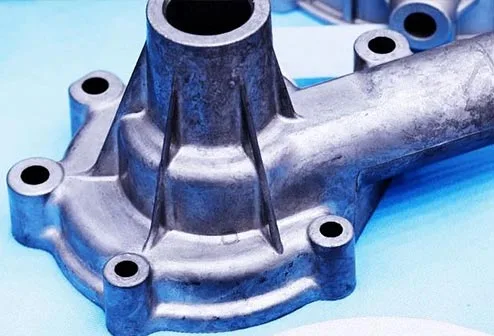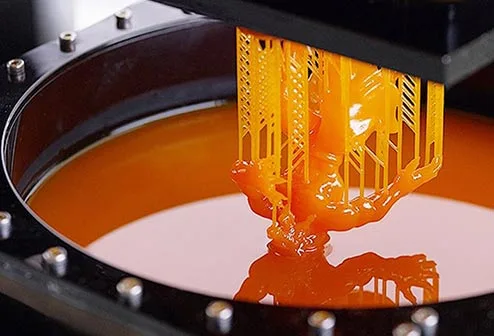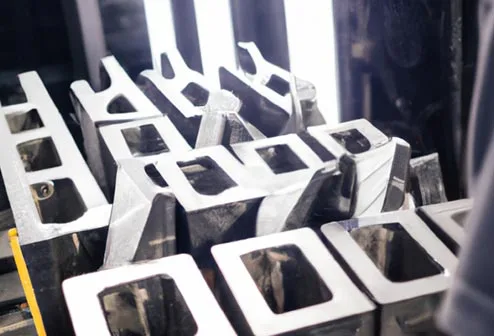Choice is good. In most cases, the greater the selection, the greater the chance of finding just the right thing. But a large selection also means that finding the perfect material becomes more complicated.
This is the dilemma faced by anyone whose job it is to design and develop a product and select a material for CNC machining. The material choices are plentiful. Your design has a very specific purpose and you know the requirements better than anyone else. Given the "overabundance" of options, here are a few tips on how to use your knowledge of your part's function and application to narrow down material options, make the search easier, and get the best possible results:
* Determine the function-related requirements.
* Identify common materials for CNC machining
* Consider appropriate finishing processes
* Use prototypes
First, prioritize the requirements for your part. Start with what is absolutely necessary and then consider what else would be desirable. This way, you're sure to figure out which materials to shortlist and make an informed decision. At Richconn, our CNC engineers with 10 years of experience come to review your CAD design and provide a quote. But we don't know your application. Only you know the conditions under which your part must function and how it should fit into an assembly. This information is critical to the development of your product and provides possible items for your priority list:
* Environmental suitability: for many, this item is the highest priority. Environmental factors include heat and cold resistance, flame retardant properties, and resistance to UV light and chemicals. Depending on the application, materials may need to be food grade or medically compatible. Consider every aspect of a part's application. For example, parts for a medical device must withstand high temperatures in an autoclave or sterilization by harsh chemicals.
* Electrical properties: This includes a variety of factors. Some parts should be conductive, others should be insulating. Perhaps static charge needs to be dissipated. In all of these cases, it comes down to choosing the right metal or plastic.
* Mechanical properties: there are different types of strength. The range between strength and flexibility is wide. In some cases, tensile or compressive strength or impact resistance is particularly important. Parts that act as bearings need to be wear resistant and perhaps also able to slide or lubricate. Different materials meet these requirements to varying degrees.
* Cosmetic properties: Often cosmetic considerations are secondary, but there are cases where they are crucial. With the right materials, transparent or translucent parts can be produced. Some materials, mostly plastics, are available in a variety of colors, while metals can be given a specific color through post-processing. There are also applications for which a particular surface texture, whether non-slip or high gloss, is required or would be advantageous.
* Size: while machine processing can produce parts in a variety of sizes, sometimes there are limits to part size imposed by the blank.
* Cost: Cost is often an important factor, falling somewhere between the mandatory and the desirable.
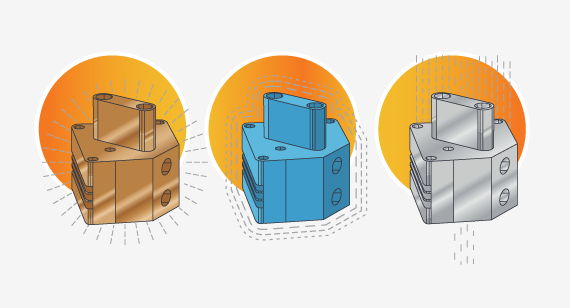
The first step in material selection is to prioritize part requirements, considering environmental factors, mechanical properties, cosmetic considerations, part size and cost, and electronic factors such as (see figure, left to right) conductivity, insulating properties, or static dissipation capabilities
Over the years, our engineers have identified various materials that are well suited for metal-cutting processes and are very popular with our customers. For metals, these include aluminum, brass, copper, stainless steel and steel. For plastics, popular choices by designers include polyetheretherketone (PEEK), ABS, acetal, nylon, polycarbonate, polyvinyl chloride (PVC), and high-density and low-density polyethylene. Richconn offers plastic and metal materials in over 40 different grades. Some of the most popular CNC machining materials and their feature are:
ABS has high impact resistance, low thermal conductivity and a low coefficient of friction
Acetal features high mechanical strength, good dimensional stability, and low moisture absorption
PEEK offers high abrasion and wear resistance, low moisture absorption and a low coefficient of friction.
Ultem (PEI) has exceptionally high strength as well as stiffness, chemical resistance and high dielectric strength
6061 offers excellent machinability, low cost and versatility
7075 offers high strength, hardness, light weight and heat resistance
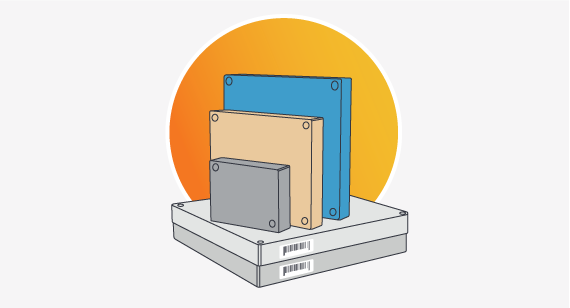
Given the abundance of metals and plastics for CNC machining, you're spoiled for choice. There's an abundance of choice. That makes it all the more important to consider the function of your part first and foremost when choosing materials
In addition to the wide selection of materials, you also need to consider the various surface finishing processes.. For example, if the choice is one of the available aluminum alloys - 2024, 6082 and 7075 - consider the following: (6082 is suitable for most applications, 2024 and 7075 have more specialized properties that must be considered when choosing a process) .
There are also several options for designs with threads. Where stress and wear on the thread are minimal, a simple milled thread is recommended as an economical option. Where stress or locking are higher, a replaceable insert - a wire thread insert or an insert with locking wedges - can extend the life of the part. The insert with locking wedges is recommended for very high thread stresses.
Finally, the manufacturing process must be selected: 3-axis or 5-axis cnc machining. This usually depends on the part design. After the initial review of the part during the quoting process, Richconn recommends the most efficient and economical manufacturing method.
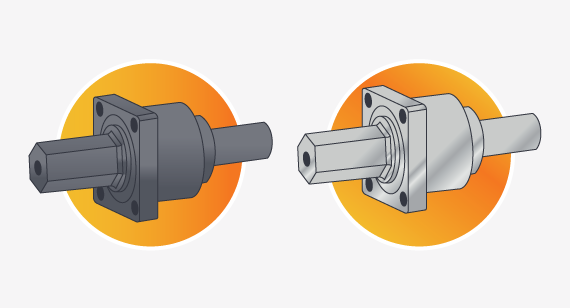
In addition to the material, suitable secondary or finishing processes must also be considered. Anodizing (shown at left) increases the durability of a part, while chrome plating is recommended when appearance is important
CNC machining is often used for production parts for end use, such as fixtures in small quantities or components in small batches. However, it is often used to produce prototypes for parts that will eventually be produced in much larger quantities, such as injection molding. In such cases, you save money by making the initial Rapid Prototyping through CNC machining instead of injection molding. To do this, you need machinable materials that are as similar as possible to, or even identical to, the material used for final production. Once you know which materials or materials are viable for the injection molded part, you can base your CNC prototype options on that.
For example, some popular plastics like ABS and acetal for plastic parts for regular applications and PEEK and UItem for high-temperature applications are also available in block form for machining. If you use the same plastics for the CNC prototypes and the injection molded parts, you can reliably test the design properties on the prototypes.
In the end, it's always better to be able to choose from a comprehensive range of materials than to have to limit yourself in terms of options. As always, if you need additional assistance, please contact a Richconn application engineer by phone at +86-0755-28025755 or by email at sales@richconn.com.cn. To get your next design project rolling today, simply upload a 3D CAD model. You'll receive an interactive quote within hours.
Richconn also manufactures larger CNC machining parts in 6082 and 7075 aluminum, with a maximum part size of 127mm x 127mm x 95.25mm. There are also larger blocks of 609 mm x 406.4 mm x 101.6 mm. These larger dimensions accommodate companies for many reasons. For example, when designers or engineers need to perform vibration testing, these larger blocks are preferable. They are aimed at companies in a variety of industries, but especially in the aerospace, defense and automotive industries.
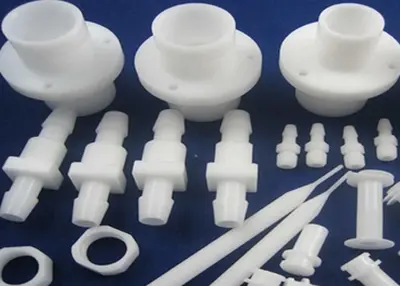 How to Maximize the Effectiveness of CNC Machining Technology?August 14, 2023Positive Innovation of Mechanical CNC Machining EquipmentIn order to maximize the application effect of CNC machining technology, it is necessary to analyze the characteristics of CNC machining ODM te...view
How to Maximize the Effectiveness of CNC Machining Technology?August 14, 2023Positive Innovation of Mechanical CNC Machining EquipmentIn order to maximize the application effect of CNC machining technology, it is necessary to analyze the characteristics of CNC machining ODM te...view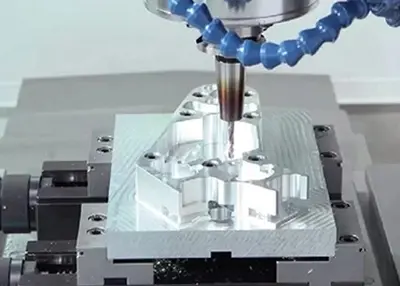 Five Axis CNC Machining Features and AdvantagesNovember 4, 2022Five-axis machining machines to quickly and efficiently manufacture complex milled parts in small batches from a variety of materials. Using five-axis precision machining is often a more efficient way...view
Five Axis CNC Machining Features and AdvantagesNovember 4, 2022Five-axis machining machines to quickly and efficiently manufacture complex milled parts in small batches from a variety of materials. Using five-axis precision machining is often a more efficient way...view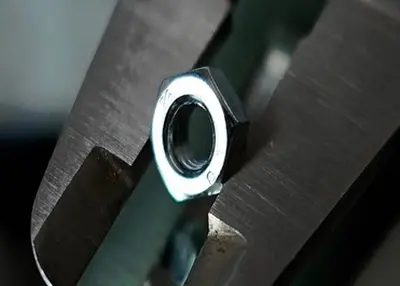 Precautions for Stamping Dies 1July 11, 2023Spring compression and calculationIn a set of stamping dies, more elastic materials need to be used, including springs of different specifications, urethane, nitrogen springs, etc., and different elas...view
Precautions for Stamping Dies 1July 11, 2023Spring compression and calculationIn a set of stamping dies, more elastic materials need to be used, including springs of different specifications, urethane, nitrogen springs, etc., and different elas...view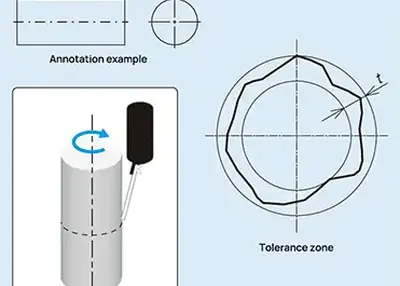 Unveiling Precision: Exploring Roundness, GD&T, and Advanced Measurement TechniquesNovember 21, 2023Are you ready to delve into the world of precision engineering? Let's embark on a journey to unravel the intricacies of roundness, its symbiotic relationship with GD&T, and the cutting-edge techniques defining its measurement standards.view
Unveiling Precision: Exploring Roundness, GD&T, and Advanced Measurement TechniquesNovember 21, 2023Are you ready to delve into the world of precision engineering? Let's embark on a journey to unravel the intricacies of roundness, its symbiotic relationship with GD&T, and the cutting-edge techniques defining its measurement standards.view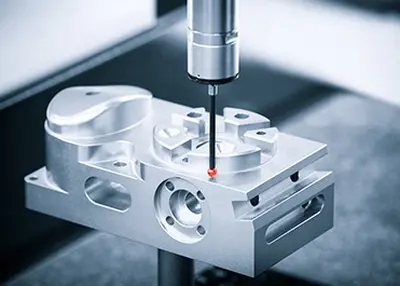 CNC Machining Aerospace Parts: The Manufacturing Key to High-precision EngineeringSeptember 22, 2023As an avid fan of aerospace technology, I'm excited to take you into the world of CNC machining of aerospace parts, where precision meets innovation.view
CNC Machining Aerospace Parts: The Manufacturing Key to High-precision EngineeringSeptember 22, 2023As an avid fan of aerospace technology, I'm excited to take you into the world of CNC machining of aerospace parts, where precision meets innovation.view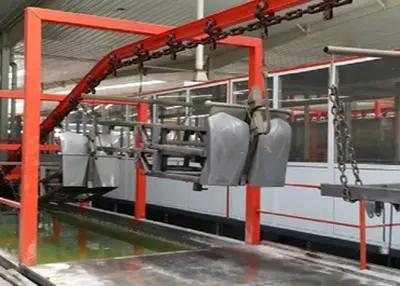 Understanding the Magic of Electrophoresis PlatingJanuary 5, 2024Electrophoresis plating is a fascinating technique that plays a crucial role in several industries. It is a process that involves the deposition of a metallic coating onto a conductive surface through...view
Understanding the Magic of Electrophoresis PlatingJanuary 5, 2024Electrophoresis plating is a fascinating technique that plays a crucial role in several industries. It is a process that involves the deposition of a metallic coating onto a conductive surface through...view
 EN
EN
 ru
ru 
